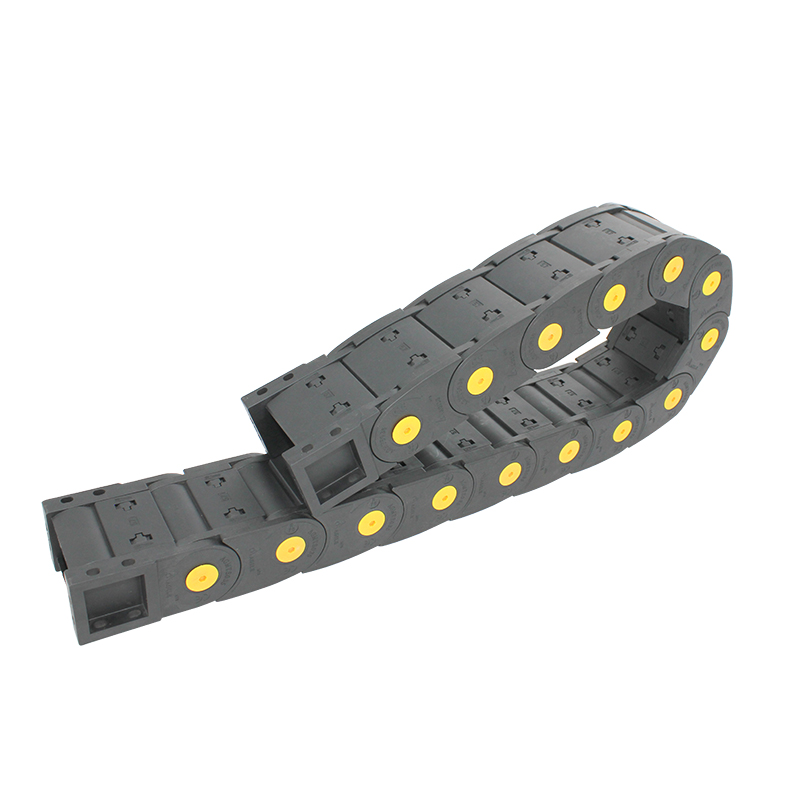energy chain cable
Understanding Energy Chain Cables The Backbone of Automated Mobility
In today's industrial landscape, the need for efficient, reliable, and flexible power and control solutions has never been more critical. Among the various components that facilitate automation in machinery and equipment, energy chain cables (or drag chain cables) play a vital role. These specially designed cables ensure uninterrupted power supply and data transmission, operating seamlessly in demanding environments. This article delves into the significance, construction, applications, and maintenance of energy chain cables.
What are Energy Chain Cables?
Energy chain cables are flexible cables housed within a protective chain structure, allowing for unrestricted movement while preventing wear and tear. These chains are arranged in a way that they can move in harmony with machinery components, whether it’s an overhead crane, automated guided vehicle (AGV), or a robotic arm. Their primary function is to supply power and signal transmission to various moving parts without tangling or causing damage, thereby enhancing the operational efficiency of machines.
Construction and Features
Energy chain cables are constructed with several integral features to ensure their performance in mobile applications
1. Flexibility The cables must maintain flexibility while being subjected to repeated bending. The choice of materials, such as copper for conductors and specialized elastomers for insulation, is crucial.
2. High Strain Tolerance The cables are designed to withstand mechanical stresses during movement. They are also engineered to resist abrasion, oil, and chemicals, which are common in industrial settings.
3. Customizable Designs Manufacturers offer a variety of cable types tailored to specific applications, including power cables, control cables, and data cables, as well as hybrid combinations.
4. Environmental Resistance Depending on the application, energy chain cables can be designed to resist extreme temperatures, UV exposure, and humidity, making them suitable for outdoor or harsh environments.
energy chain cable

Applications
The versatility of energy chain cables makes them indispensable across various industries. Some common applications include
- Robotics In robotic manufacturing, energy chain cables facilitate communication and power transfer to moving robot arms, ensuring precise operation.
- Cranes and Material Handling They are widely used in overhead cranes, gantry systems, and conveyor systems for smooth power delivery to the moving components.
- Automated Guided Vehicles (AGVs) Energy chain cables ensure that AGVs can effectively receive power and data signals while navigating their routes.
- Wind Turbines In renewable energy, these cables manage the dynamic movements of wind turbine components, contributing to efficient energy generation.
Maintenance and Lifespan
To maximize the lifespan of energy chain cables, regular inspection is essential. Users should look for signs of wear, such as fraying, discoloration, or deformation. Proper installation and alignment also play a critical role in extending cable life. Adhering to manufacturer guidelines concerning load capacity and daily cycle limits can prevent issues.
Conclusion
Energy chain cables are the unsung heroes of modern automation, providing the necessary support for moving electrical and data connectivity. Their unique design and features enable them to thrive in dynamic environments, making them an essential component in various industries. Understanding their construction and applications can help industries optimize their operations, promote safety, and reduce maintenance costs. As technology advances, energy chain cables will continue to evolve, playing a pivotal role in the future of industrial automation.








